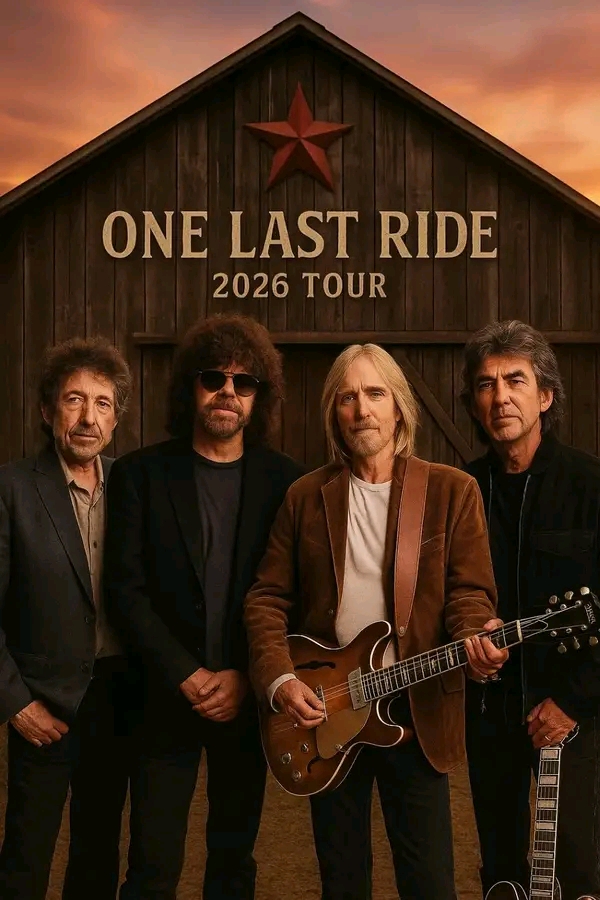From Led Zeppelin’s second album onward, guitarist Jimmy Page primarily wielded a Gibson Les Paul Standard, most famously a 1959 model gifted to him by Joe Walsh of the James Gang. This instrument, known for its thick, warm tone and sustain, became central to Page’s evolving sound. He paired the Les Paul with powerful Marshall amplifiers, creating the aggressive and dynamic tones that came to define Led Zeppelin’s hard rock identity. The combination of the Les Paul and Marshalls allowed Page to move beyond the Telecaster-driven blues-rock of the band’s debut, achieving a heavier and more layered sound that pushed rock guitar to new heights.
In the studio, Page showcased his versatility by incorporating a range of instruments to suit the sonic needs of each track. Notably, he used a Harmony Sovereign H-1260 acoustic guitar to craft the rich, resonant textures heard on Led Zeppelin III and Led Zeppelin IV. This large-bodied acoustic was responsible for the haunting depth of songs like “Stairway to Heaven” and “Gallows Pole,” providing a folk-inspired counterbalance to the band’s harder-edged material. The H-1260’s booming tone and responsive dynamics made it an ideal tool for the intricate fingerpicking and alternate tunings Page often explored.
For live performances in the early 1970s, Page relied heavily on his Les Paul, but also used a double-neck Gibson EDS-1275 to handle songs like “Stairway to Heaven” that required both twelve- and six-string parts. His live rig was further augmented with effects such as the Echoplex delay and Tone Bender fuzz, contributing to his expansive and experimental sound. Whether in the studio or on stage, Jimmy Page’s choice of gear was essential in shaping Led Zeppelin’s legendary sonic legacy.










